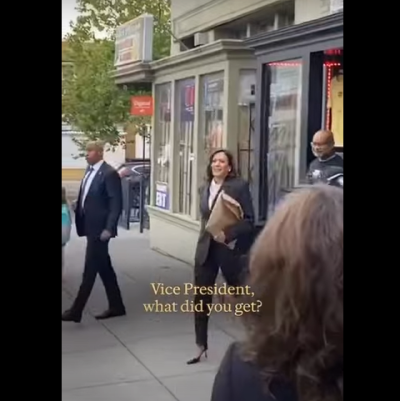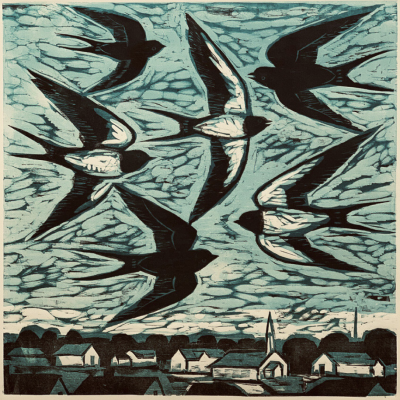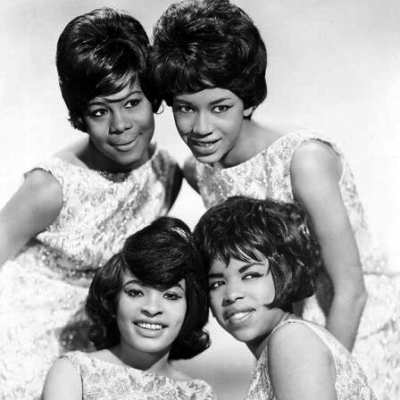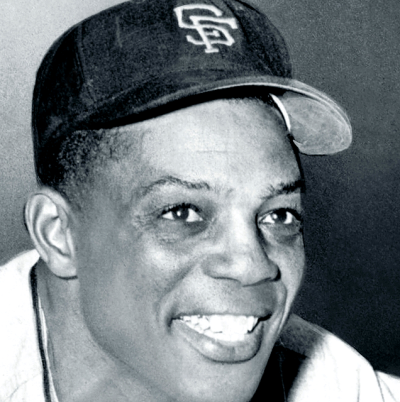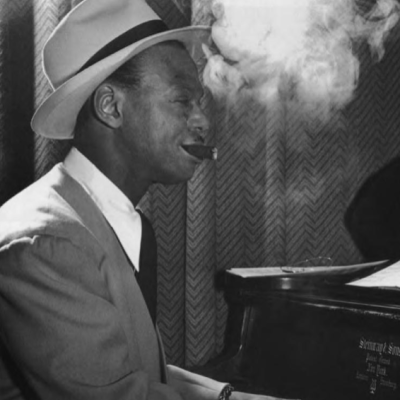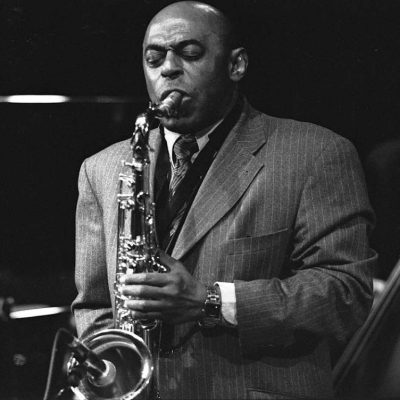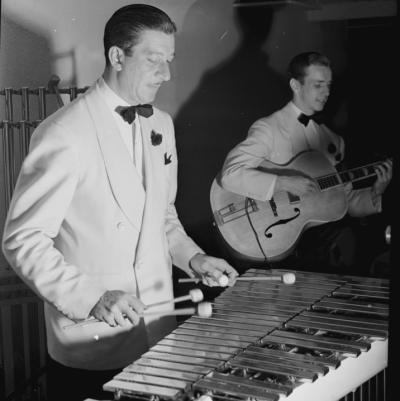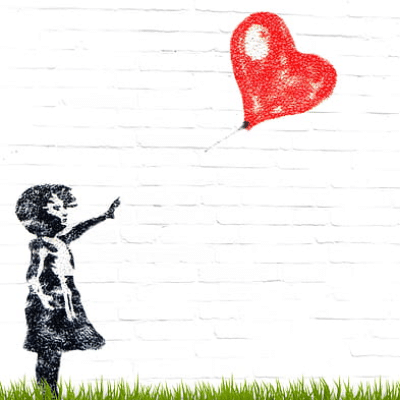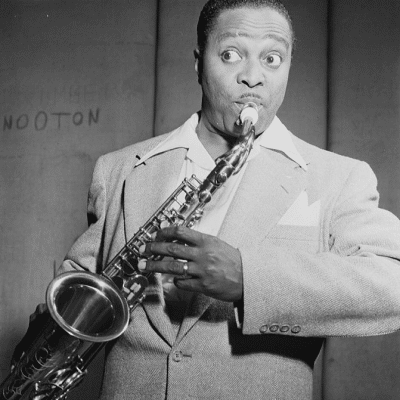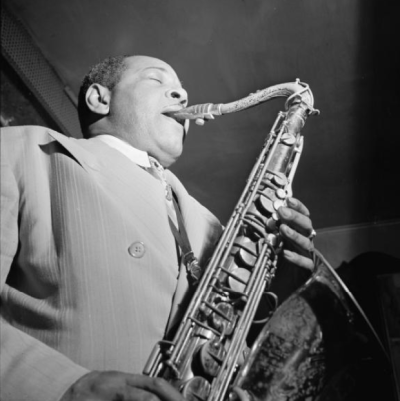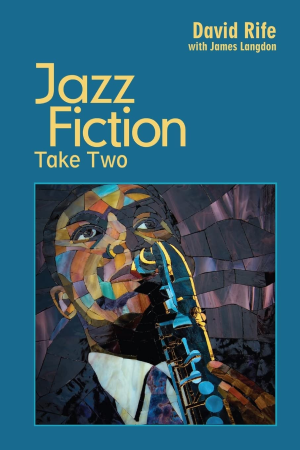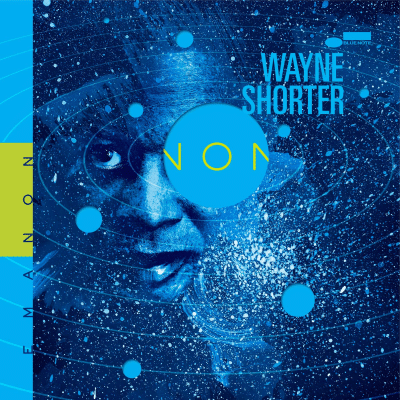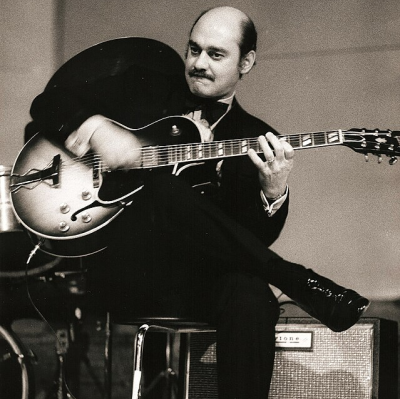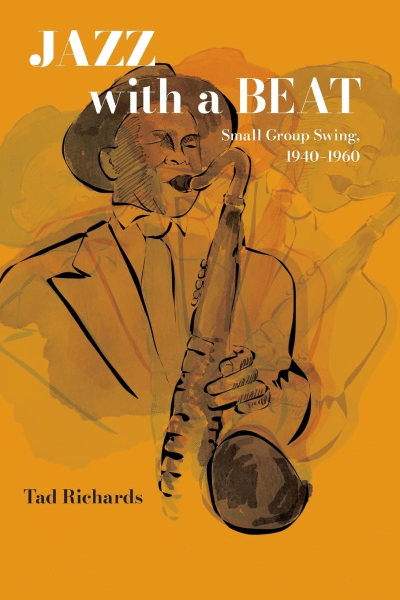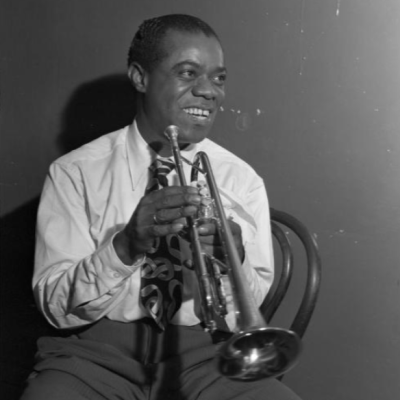Chet Baker was a star at 23 years old, winner of the Critics as well as Readers Poll in Down Beat. But much of his later life was shadowed by his drug use and problems with the law.
Chet Baker: His Life and Music gives a full account of the famous trumpeter – famous as much for his tragic life as his beautiful music. In our exclusive interview, conducted via e-mail, author Jeroen de Valk talks about Baker, the life he led, the people he touched, and the legacy he left.
______________________________
JJM Who was your childhood hero?
JDV I admired Ben Webster, who was living in Amsterdam then, as I did. I wanted to play the saxophone as sensual as he did. My second book (just published in the USA by Berkeley Hills Books) is about Ben and contains interviews with dozens of people who knew him.
JJM What is your background?
JDV I am 43 now. I was raised in Amsterdam, The Netherlands, where I studied English literature at the university and double bass (in The Hague) at the conservatory with John Clayton. I started writing in newspapers in 1979 and have been a full time journalist since 1985.
JJM How did you get introduced to jazz?
JDV A friend introduced me to Dave Brubeck and Erroll Garner, and I went on from there. For a while, I tried to play Charlie Christian-type guitar. As a bass player, I was more successful. My bass hero was Ray Brown.
JJM If you could choose an event to have witnessed in jazz history, what would it be?
JDV The Kansas City-jamsession in the thirties at which Lester Young and Ben Webster ‘cut’ Coleman Hawkins. I was born many years too late!
JJM What got you interested in Chet Baker’s life?
JDV I saw many concerts of him, which where sometimes the best I ever witnessed, and other times horrible and awful. This made me curious, of course.
JJM How did his Oklahoma roots shape his interest in jazz?
JDV These roots where not so important; more important were the jazz records he heard as a military musician in Berlin, and the sessions he attended in California, later.
JJM What impact did his military experience have on his life?
JDV He went in the army, I think, because he was not experienced a musician enough to make a living as a jazz player at that time. The experience was certainly not at traumatic as Lester Young’s.
JJM What was the genesis of Baker’s drug abuse?
JDV His mother pampered him enormously and he never learned to be responsible in any way. He was always looking for kicks, and he wanted these to come easy and quickly. Later, he stated he started ‘using’ when he was in big professional and personal problems, which was untrue. He was already a junkie at the height of his fame.
JJM Did he feel the drugs enhanced his abilities as a musician?
JDV He thought he could concentrate better while being stoned. In reality, he made his best recordings (in Tokyo, 1987) while he was on methadon, not on heroin.
JJM What was his first big break as a musician?
JDV He became famous in the Gerry Mulligan Quartet, from 1952 on.
JJM How did the pianoless quartet with Gerry Mulligan get started?
JDV Many, many reasons. Mulligan wanted to secure a gig in The Haig (LA), where the other band at that time (Red Norvo’s) worked without a piano and where the band stand was tiny. So they decided to keep the piano somewhere else for the time being. Moreover, he liked to experiment playing with just bass and drums. And – famous anecdote – once their piano player Jimmy Rowles didn’t show up at a rehearsal.
JJM What was his relationship with Mulligan like throughout his career?
JDV Kind of strained. Mulligan was strict and professional and kicked his drug habit successfully, while Chet was not very reliable and almost constantly involved in drugs.
JJM What was the relationship between Baker and Stan Getz like?
JDV They both were egocentric personalities, with drug-related problems, which didn’t make them a good pair. Getz’ playing was more consistent in quality, but Chet could be kinder, more diplomatic when the situation required that. But listen to ‘Dear old Stockholm’ and ‘Line for Lyons’ at the Scandinavian concerts, in the early eighties – those were great recordings! Like Mulligan & Chet, they could make wonderful music, despite their problems.
JJM How did Baker and Charlie Parker cross paths? What recordings exist of the two of them?
JDV Another one of Chet’s favorite anecdotes: in 1952, Parker played in California and needed some local musicians. Baker came kind of late to the dark night club where the auditions took place, and every trumpet player in LA was present. He played two tunes, after which Parker stopped the rehearsal and said Chet was hired. Whatever happened; Chet (who was not a great bebop player back then) dìd play with Parker that year, and the two of them can be heard together at a jam session, issued on cd as – among other titles – ‘Inglewood Jam’.
JJM Who encouraged Baker to sing?
JDV His mother, who took him to contests as a boy singer. He liked to sing and eventually the record producers encouraged him because his singing was a big hit with his female fans. And, much later, he relied more on his singing when his lips got too tired to play the trumpet.
JJM What influence did Baker have on west coast jazz?
JDV He never was a big influence, but in the fifties some players liked his melodic approach and his pleasant sound.
JJM You hear so much about Baker’s charm and his potential as a Hollywood star during the 1950’s. How close did he get to experiencing a film career, and what took place to kill this opportunity?
JDV In the mid-fifties, he played some minor roles, and he resumed a little acting around 1960, in Europe. His constant involvement in drugs, though, hampered and eventually ended his small acting career. By the way – Robert Wagner played a sad young trumpet player in ‘All the Fine Young Cannibals’, a role that seemed to have been designed originally for Chet.
JJM What was the major traumatic experience Baker faced as a musician?
JDV During the sixties, it got harder and harder to make a living as a jazz musician because the public’s taste changed, and he was constantly having problems with his teeth. He lost just one part of one tooth in a 1966 accident. And he went on recording and gigging after that, for a while. But eventually, he had to have his teeth pulled because they were in such bad shape. He then had to restore to pure technical exercises, which he hated. He was used to things that came easy to him.
JJM He spent much of his life going from one woman to the next. Why?
JDV The only real, intimate friendship he ever enjoyed, was with drugs and music. Nothing else could tie him down. Nothing else really interested him, although he could behave kind and friendly, if he wanted to.
JJM What sort of women appealed to him?
JDV Different kinds; Ruth Young was intelligent and sharp and Diane Vavra was soft and gentle.
JJM What sort of father was he, and what legacy did he leave for his children?
JDV He was a careless father; during the last fifteen years of his life, he never sent any money home and he was spending most of his time with his girl friends. He didn’t leave them any money – he got paid just one sum for a record date and seemed to agree with that, although he always complained later about being ‘cheated’ by record labels. Fortunately, his wife and children recently earned money from a film company, for some autobiographical fragments his widow published.
JJM Baker spent much of the latter part of his career in Europe. What were the circumstances that sent him there?
JDV The European public was more patient – perhaps too patient – because they kept asking him back, even if he performed in bad shape, or didn’t show up at all. In the USA, he was considered ‘old hat’ and ‘washed up’. And the longer he stayed in Europe, the more US-critics simply assumed he wasn’t active anymore. Important too: obtaining drugs was relatively easy in Amsterdam.
JJM In 1987, you conducted an interview with Baker, but only after several attempts…
JDV Yes. It took me a couple of weeks to trace him down – he wasn’t staying in the hotels his European manager hired for him, he just checked in somewhere – and it took me a couple of times before he showed up at an interview. One day, he simply slept for some 24 hours. He eventually talked to me, with help of a club owner who reportedly was lending him money.
JJM Tell us a little bit about that interview.
JDV Chet was friendly, behaved like a nice elderly man and took his time to answer each question. I was very nervous, because he was (and still is) my hero, and I didn’t knew how long he wanted to sit down with me and talk. I noticed he wasn’t aware of all the records that were issued of him, and had forgotten a lot of names of musicians he worked with.
JJM What has become of “Let’s Get Lost”, the documentary of Baker’s life by film maker Bruce Weber?
JDV It became very, very famous and gave most of the world Weber’s idea of what Chet Baker was like after the fifties: a forgotten man, not able to play the trumpet anymore. A mumbling skeleton. This image will never change, I think, as the movie reached far, far more people than my book ever will. And other books to come as well, I’m afraid.
JJM What sort of work was Baker doing just prior to his death?
JDV According to most American sources at that time, he was forgotten and mostly out of work. In reality, he was working constantly and sometimes at a high level. Just two weeks before he died, he recorded successfully with a fifty-piece German orchestra.
JJM What was the true cause of his death?
JDV He fell out of a hotel window after having taken heaps of drugs. This sounds anti-climatic for a jazz hero, but there is nothing I can do about it. In my book, his death is discussed at length in various chapters.
JJM Ultimately, what is the legacy of Chet Baker?
JDV A lot of great records, a frustrated family, a still growing number of fans, and quite some confusion about his true status, after having been both overrated and underrated throughout his career.
JJM What songs would you recommend a new listener to Baker check out?
JDV Highly accessible and of a high quality are his early vocal recordings (which contain some classic trumpet solos as well) on Pacific Jazz, recorded in the mid-fifties, and the Japanese concert (issued in the USA on double-cd by Evicence), at which he played a lengthy, amazing trumpet solo in his favorite ballad My Funny Valentine.
JJM Which European recording is his best?
JDV You might try ‘Chet’s Choice’, issued by Criss Cross Records and available in the USA.
__________________________________
Chet Baker: His Life and Music
by
Jeroen de Valk
*All photographs appear in the book, Chet Baker: His Life and Music. They are published as part of this interview with the written permission of the publisher, Berkeley Hills Books.
_______________________________
If you enjoyed this interview, you may want to read our interview with James Gavin biographer James Gavin.







